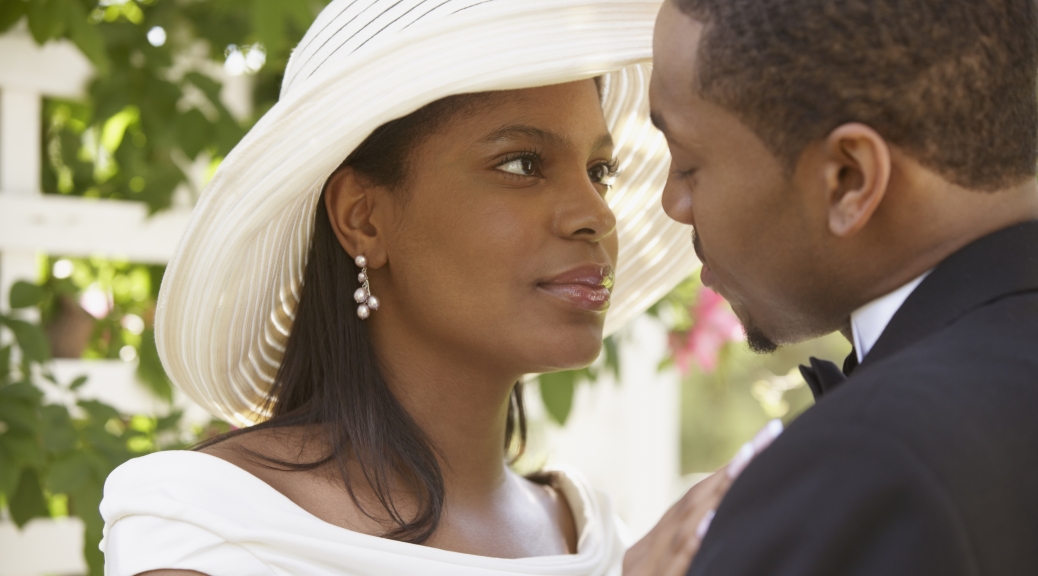In most societies, when a woman is married, the expectation is that they change their last name as a sign that they have acquired a new status. But do you know where this entire tradition came from?
Historically, an individuals surname was not significant. Most people were only known by their first/Christian names in early medieval England. However, as the population grew, it became a tedious task to distinguish people and as a result the surnames were introduced. Issues of wives taking their husbands surnames did not surface until the 19th century when lawmakers in Britain started to look into the legalities surrounding families, personhood as well as marriage. Consequently, the doctrine of coverture emerged which made the woman one with her spouse therefore requiring her to change her last name to her husbands.
The concept of coverture literally connotes covered by, which meant that women had no independent legal identity apart from their spouse. This coverage began when the female child was young in that she had to take her fathers surname and could only change it once she was legally married. While the laws meant that the woman was covered, the worst part of it was that these laws hindered them from signing contracts, participating in or even exercising ownership over real estate or personal property. However, as times went by, and as more women right groups began to emerge, the woman have an option to retain their birth name after marriage.

